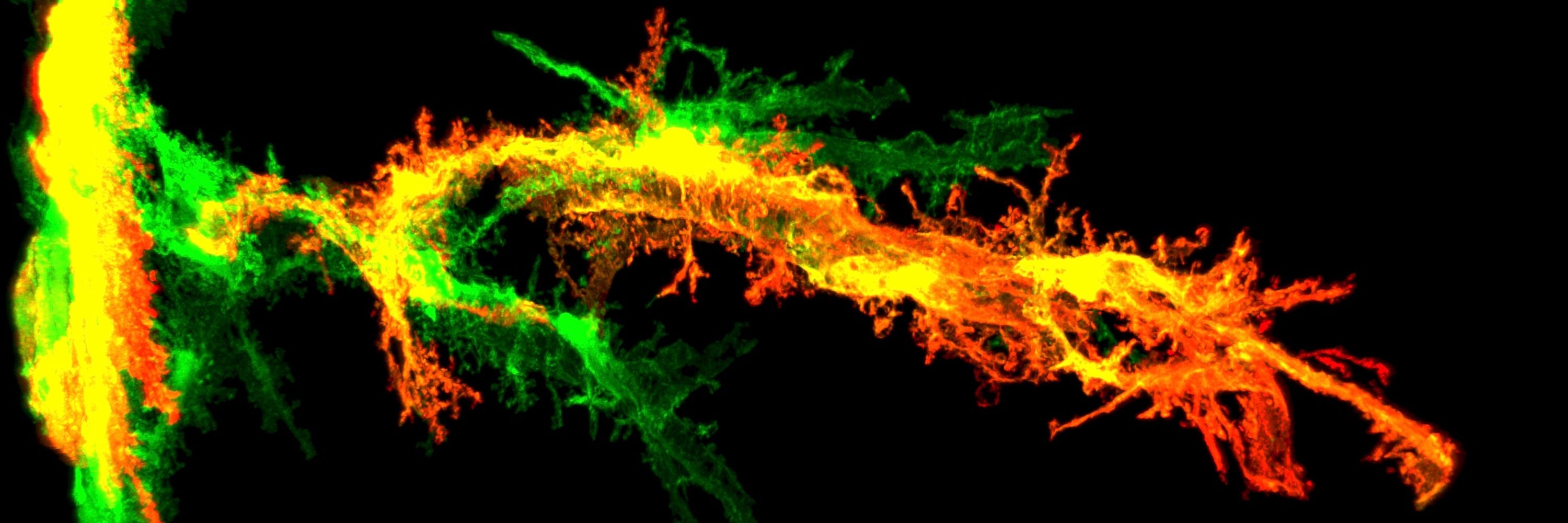Amy Gleichman
@amygleichman.bsky.social
690 followers
230 following
26 posts
Neuroscientist / astrocyte enthusiast / fan of new viral tools 🧠
Assistant Professor, Ohio State
GleichmanLab.com
Posts
Media
Videos
Starter Packs
Reposted by Amy Gleichman
Reposted by Amy Gleichman





